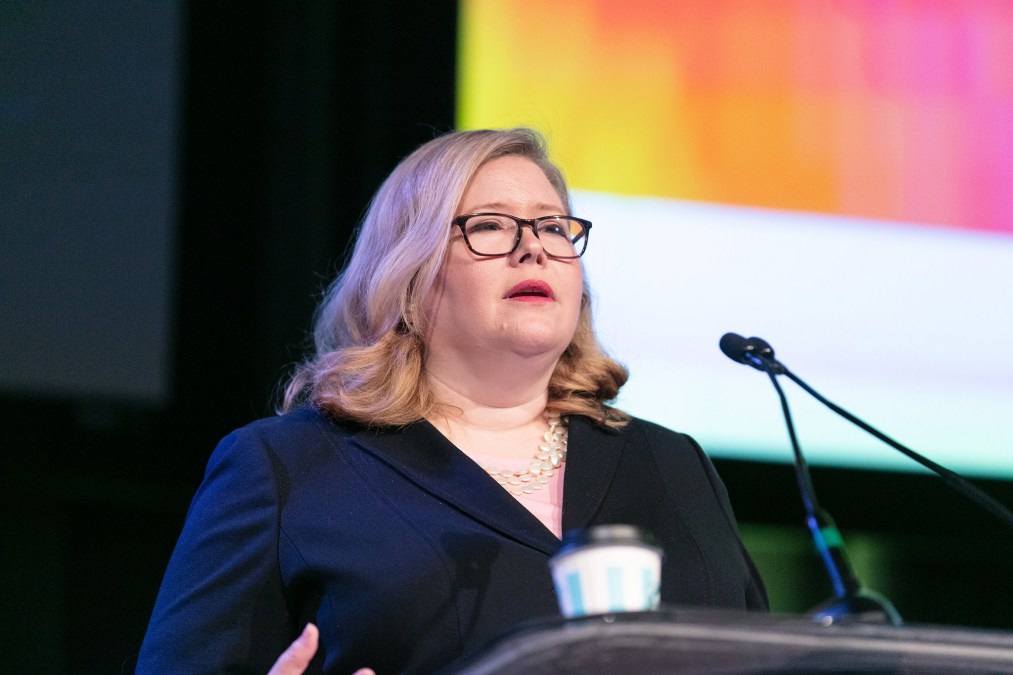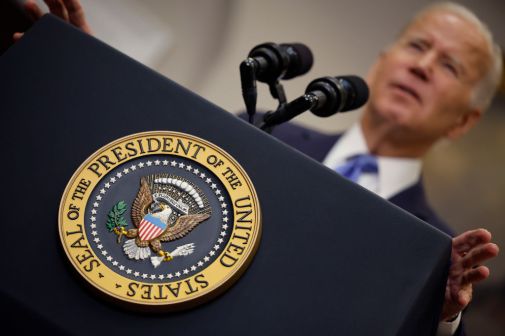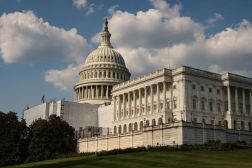Breaking the cycle: Modernizing the federal payroll systems

America deserves the best possible federal workforce. Therefore, in order to recruit and retain the best employees, it is critical that we provide a consistent and secure payroll system across the federal government. Whether it is cybersecurity, supply chain risk management, or simply knowing how to draft comprehensible regulations, we want federal employees to move between agencies to further their careers and share expertise so that American taxpayers get the best results. Currently, an IT specialist who moves from a job at the Department of the Interior to a job in the same city and salary with the Department of Agriculture will change payroll providers. This simple move creates a number of behind the scenes inconsistencies that change the employee’s take-home pay. This is frustrating and costly for both the employee and the agency.
Earlier this year, GSA was designated by the White House as the Civilian HR Transaction Services Quality Service Management Office, activating the NewPay initiative. The purpose of NewPay is to create a secure, reliable, and innovative payroll platform where a federal employee’s professional experience is modern, efficient, and consistent regardless of the agency where they are employed. GSA’s NewPay program solves this problem, by implementing new, technology-based solutions for a modern federal payroll system, focused on removing inconsistencies in take-home pay between agencies.
Payroll administrators, timekeepers, and others will still each have their own distinct roles, but will no longer be the crisis managers of the federal payroll system. Instead, they will work together to ensure employees are paid consistently and accurately, even when transferring between federal agencies. Building on strong partnerships and collaboration between the federal government’s payroll SSPs has ensured that NewPay will provide a standards-based, secure commercial solution for agencies to use with ease.
Between 2003 and 2008, the federal government consolidated twenty-six payroll systems to four shared service providers (SSPs) in an effort that saved over $1 billion in cost avoidance over the next 10 years. Those SSPs currently serve the payroll and time and attendance needs of over 2.2 million civilian federal employees with their own unique, dependable payroll services.
Since that major consolidation, there has been no significant innovation in federal civilian payroll. The lag comes from having obsolete and costly IT infrastructure, creating a cumbersome, bureaucratic environment that struggles to support federal employees. Instead, both individual employees and HR payroll administrators are forced to do things manually (e.g., update timesheets and enter corrections) while managing complexities that come with antiquated data systems that are held together with baling wire and chewing gum. These systems are unable to communicate between agencies, let alone adopt common data standards. Simply put, when there are four different ways of managing core payroll and time and attendance functions, there are at least four different definitions of a day. Responding to changes in tax laws, or implementing the new maternity leave options becomes a herculean effort.
The NewPay initiative was established to make the federal government’s mission support services more efficient and effective in the short- and long-term in performance, customer experience, and operational costs. The NewPay team is ensuring that the applicable payroll laws serve as its foundation, which will ultimately shape payroll policies and lead to the development of uniform standards. For example, when Congress granted leave to employees suffering from COVID-19, each SSP had to individually spend time and money to make the changes necessary to support sick employees.
Another important change is that NewPay will move the government away from expensive, custom-built systems or systems that the original providers no longer support. Instead, NewPay takes advantage of successful commercial offerings and uses a software-as-a-service (SaaS) platform to manage payroll and other HR-related functions. This industry-leading best practice will ultimately reduce operating costs, mitigate the risk exposure associated with legacy technology, and standardize business processes. As a result, NewPay will improve cybersecurity by placing the responsibility for cloud-based security in the hands of commercial providers who utilize highly automated and centralized security platforms. This increasing investment on HR SaaS infrastructure will help mitigate the evolving and escalating cyber threat facing the government’s legacy IT systems. The NewPay solution meets Federal cybersecurity standards, which will ensure a reduction in time and cost to implement for customer agencies.
NewPay is breaking the cycle of using separate, stand-alone legacy payroll systems that have outgrown the federal government’s changing needs. We are also replacing antiquated and siloed approaches for handling the most important thing to a federal employee — their payroll — with a secure, cohesive, and dynamic payroll system. In doing so, we are leveraging current technology in a more innovative manner to standardize data, reduce operations and maintenance costs, modernize and automate processes, and improve overall customer satisfaction. Federal employees deserve to have a secure, modern way to receive their paychecks — NewPay delivers that solution.
Emily Murphy is the Administrator of GSA.






